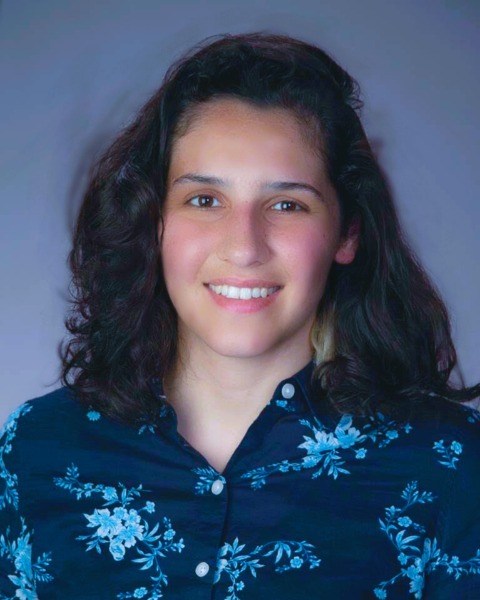Small Animal Internal Medicine
In Person Only
OT04 - Assessment of Peptacetobacter hiranonis' In Vitro Ability to Convert Primary into Secondary Bile Acids
Friday, June 20, 2025
1:30 PM - 1:45 PM ET
Location: KICC L020
CE: 0.25 Medical

Bruna Correa Lopes, DVM MSc (she/her/hers)
PhD Student
Texas A&M University
COLLEGE STATION, Texas, United States
Research Abstract - Oral Presenter(s)
Abstract: Background–Dysmetabolism of bile acids (BAs) and intestinal dysbiosis are associated with lower fecal Peptacetobacter (Clostridium) hiranonis abundance in dogs and cats with chronic enteropathies or following antibiotic treatment. BA dysmetabolism, defined by a reduced conversion of primary (PBAs) to secondary BAs (SBAs), has been correlated with inflammation, increased intestinal permeability, and malabsorption. P. hiranonis is the main species converting PBAs into SBAs in dogs and cats. However, the ability of P. hiranonis to convert BAs in vitro has not been characterized. Objective–Assess the in vitro BA conversion ability of P. hiranonis. Animals–Fecal canine- (n=13) and feline-derived (n=11) strains of P. hiranonis. Methods–P. hiranonis strains, identified by qPCR, were incubated in BHI broth with PBAs (cholic acid (CA) and chenodeoxycholic acid (CDCA)) for 24 hours at 37°C in anaerobic conditions. Conversion ability was assessed through PBAs and SBAs (deoxycholic acid (DCA), lithocholic acid (LCA)) quantification by LC-MS/MS assay. Results–All canine- and feline-derived strains were able to convert CA and CDCA into DCA and LCA, respectively. Additionally, conversion to oxidized forms of PBAs, 7-oxo-DCA and 7-oxo-LCA, was observed. Conclusions and clinical importance–All tested strains demonstrated the ability to convert PBAs into SBAs. The in vitro BA conversion ability of P. hiranonis supports its role in the in vivo conversion of BAs. It also strengthens the reported correlation between P. hiranonis and SBAs in the feces of companion animals, where conversion of BAs was not identified in dogs and cats lacking P. hiranonis.


